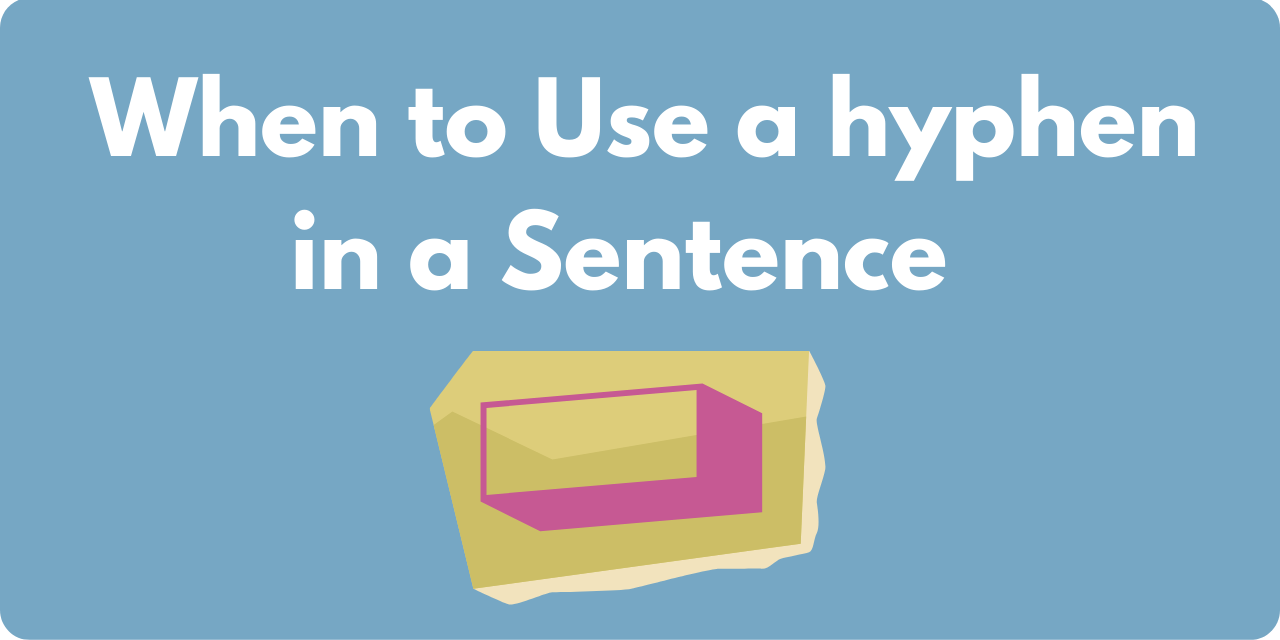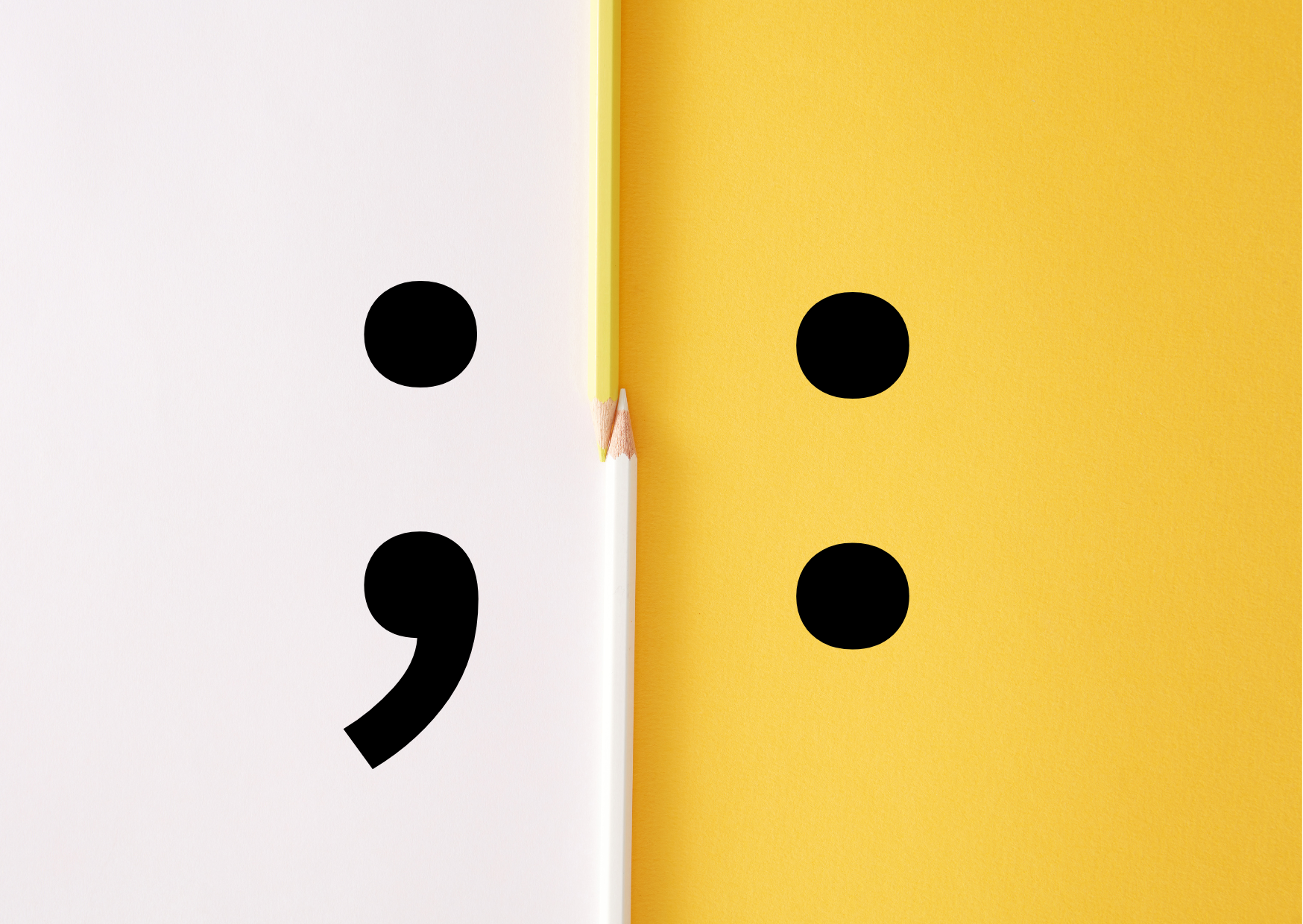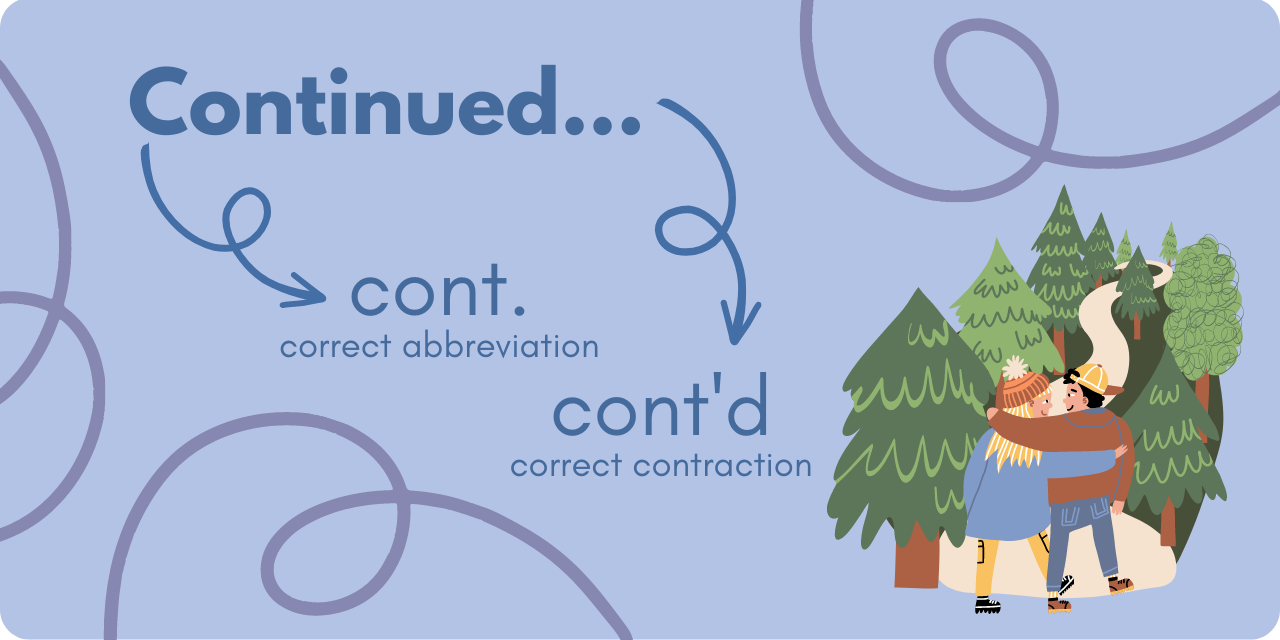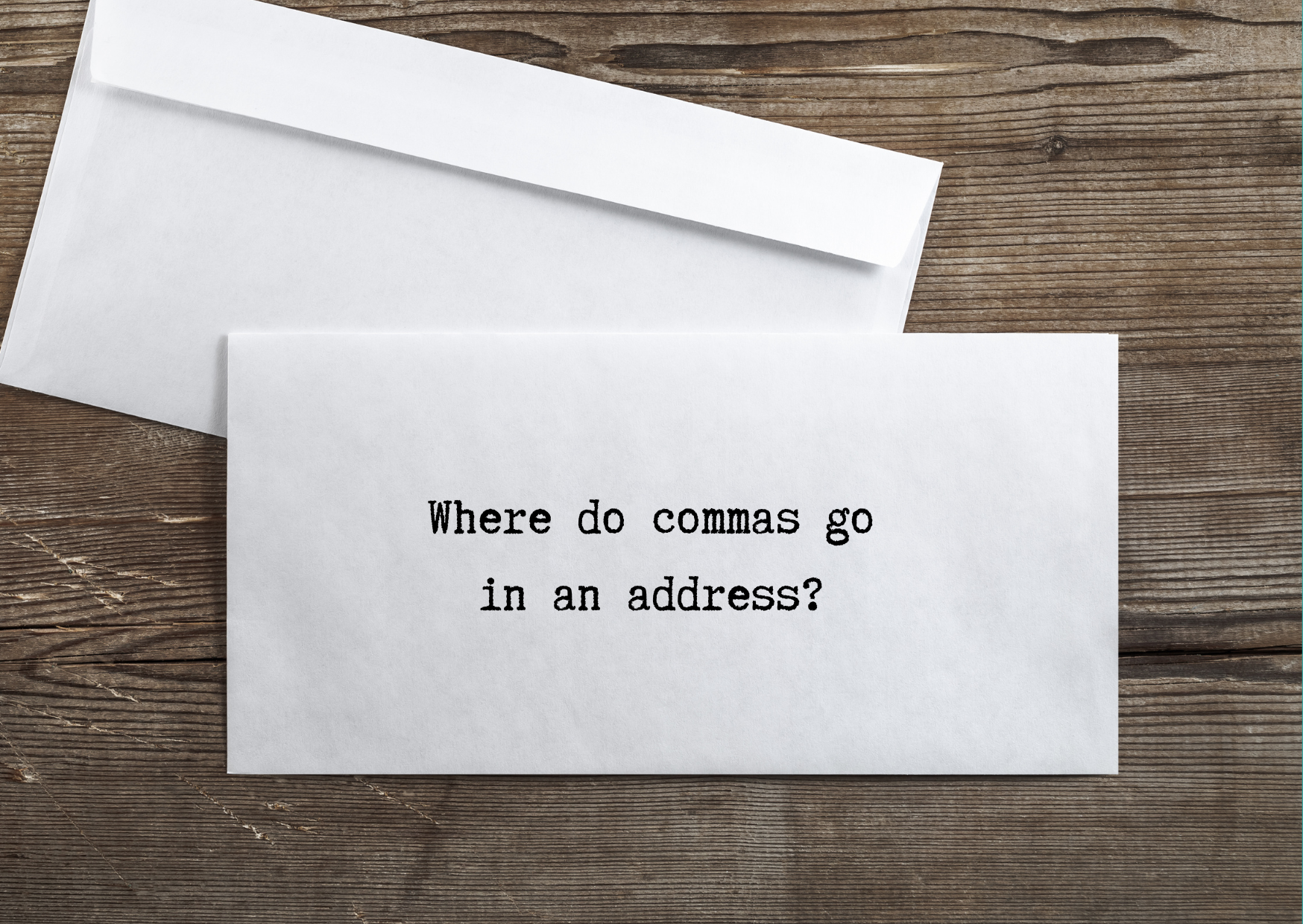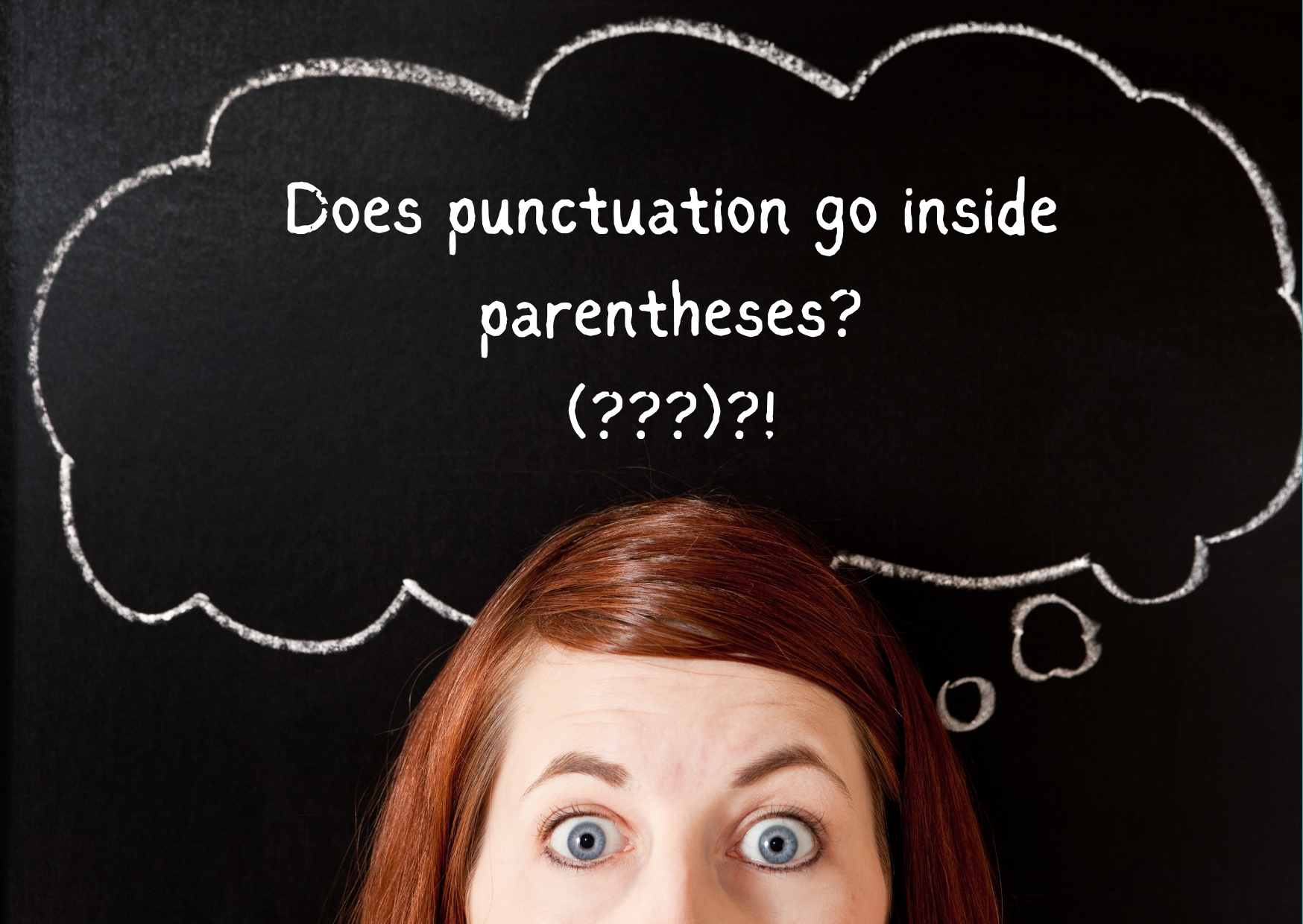The colon is one of the trickiest punctuation marks. While commas, exclamation points, question marks, and periods are somewhat simple to grasp, the rules around colon usage might seem a bit more confusing. Let’s take a look at its function and some examples of various colon use rules.
There are two primary functions for colons:
- Introducing an item or a series of items.
- Taking the place of a semicolon in between two independent clauses: the second should expand upon or explain the first.
Colons often challenge writers. Maybe you’re unsure if you should capitalize the first letter after a colon, or perhaps you’re not sure how to structure a list following a colon.
Here, we’ll go through a few rules that will clear things up.
Rule #1: When punctuation is required, use a colon to introduce one or more items.
Here are a few examples of this colon use rule:
I only needed one thing: determination.
(Incorrect: “I only needed one thing determination.”)
Bring the following supplies: waterproof boots, warm clothing, and a torch.
(Incorrect: “Bring the following supplies waterproof boots, warm clothing, and a torch.”
You should not employ a colon if the sentence doesn’t require punctuation.
The following are examples of correct colon use:
I needed determination.
(Incorrect: “I needed: determination.”)
You should bring waterproof boots, warm clothing, and a torch.
(Incorrect: “You should bring: waterproof boots, warm clothing, and a torch.”)
Rule #2: Before listing items with bullet points, use a colon.
When you’re listing items line by line, a colon should be used to introduce the list. Even if the colon wouldn’t be required for the same list in sentence form, it should be used for a line-by-line list. Here is an example:
You should bring:
- Waterproof boots
- Warm clothing
- A torch
Rule #3: Keep the punctuation of bullet points consistent.
When you’re using a colon to introduce a bullet-pointed list, it’s not always necessary to use capitalization and ending punctuation.
You should capitalize the first letter and add a period when each item on the list is a complete sentence. But in other cases, you can decide whether you’d like to capitalize and use ending punctuation, as long as you’re consistent.
You should bring:
- Waterproof boots.
- Warm clothing!
- A torch.
In this example, the list items are consistent because each ends with a punctuation mark.
Rule #4: Be sure to consider whether you should capitalize a complete sentence after using a colon.
While some editors think it’s better to capitalize a complete sentence that follows a colon, others believe that it’s best to avoid capitalizing in this way.
Some prefer this type of formatting:
She asked for help: She got it.
Others prefer this type of formatting:
She asked for help: she got it.
Some editors say that it’s not necessary to capitalize if the clause following the colon is very similar to the clause before the colon. However, they would capitalize a formal or general statement, for instance:
Remember what your teacher taught you: If you don’t have anything nice to say, don’t say anything at all.
In these types of situations, it’s a good idea to take a look at the style guide for the publication you’re writing for. For your own work, you’ll want to create a consistent style guide to follow.
There are some cases in which it’s necessary to always capitalize the sentence following a colon.
- When it’s a complete quotation or full sentence quotation
The principal made an announcement: “The PTA meeting will have to be rescheduled.”
In this example, “The” must be capitalized because it begins a full-sentence quotation.
- When the information following the colon is two (or more) sentences long
The rules were strict: Always walk on the right. No shouting. No running in the hallways.
Here, it makes sense to capitalize “Always” because it’s the first of three sentences.
Rule #5: Introduce an extended quotation with a colon.
Whether you’re writing a blog post, a nonfiction book, or an essay, you’ll run into situations where you want to quote another person for more than a couple of sentences. In these cases, you’ll need to use a block quotation that is formatted in a standalone paragraph. Generally, block quotations are indented from the left margin (although some style guides also indent from the right margin) and are preceded with a colon.
In Is To Whom It May Concern Still OK To Use, Audrey wrote:
There aren’t too many reasons left to use To Whom It May Concern in correspondence, be it an email or a letter. However, there are certainly some very good reasons not to use it. To start with, the phrase feels stuffy and antiquated. (It doesn’t take much to conjure up an image of writing with a quill by candlelight, does it?) It harkens back to the days where business correspondence demanded a much more formal tone. However, today’s business culture calls for a more natural and conversational style.
Rule #6: In a business letter, use a colon after the salutation.
It should be noted that this rule depends on where you live. In the United States and Australia, the greeting or salutation should be followed by a colon in formal correspondence.
Dear Mr. Smith:
However, personal or informal correspondence simply uses a comma rather than a colon. But in British English, you should never use a colon, whether for formal or informal letters.
Colons do require a bit of practice, so it’s wise to try using a couple in the next piece you write. You’re likely familiar with using colons to introduce lists, but what about using a colon in a sentence that has two independent clauses? You can test yourself with this MLA Style quiz, and leave a comment below containing your own examples of colon use!

